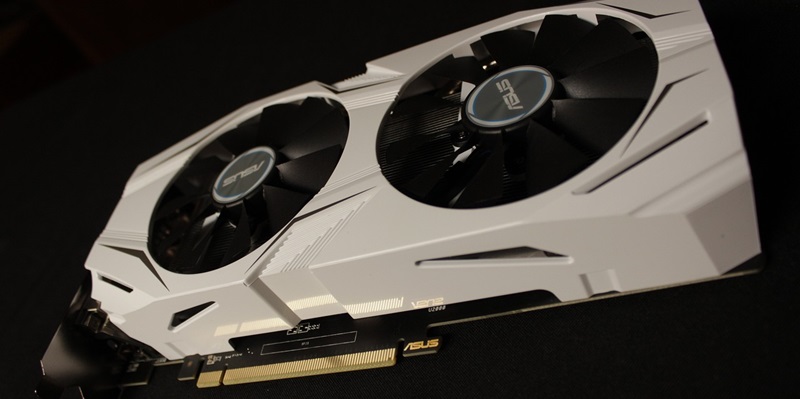AMD is set to launch its revolutionary RDNA 4 GPU architecture, generating significant excitement for the potential leap in graphics capabilities it promises. The tech sphere is filled with rumors and anticipation regarding these developments, suggesting major progress from the existing generation. Among the expected releases is the Navi 48 graphics card, which stands out as a pivotal release. It is poised to set new benchmarks for what both gamers and professionals can anticipate from a graphics card that strikes a balance between high performance and affordability. The Navi 48 is particularly interesting, as it is rumored to offer a considerable increase in power efficiency and computing performance. Although details are yet to be officially confirmed, AMD’s track record suggests that the RDNA 4, along with the Navi 48, could bring transformative changes to the market, leveling up the competitive landscape of GPU technology.
Anticipated Features of RDNA 4 GPUs
Power and Efficiency
Anticipation is high for AMD’s upcoming RDNA 4 GPU technology, with the flagship Navi 48 GPU making headlines. Crafted with TSMC’s advanced N4P process for superior efficiency, the GPU promises a monolithic die design expected to measure between 300-350mm². More than just a reduction in transistor size, this evolution hints at a remarkable performance boost with potential clock speeds rocketing to 3.0-3.3GHz. The die size and cutting-edge process suggest that the Navi 48 could propel gaming and computational tasks to new heights, possibly marking a significant advancement in graphics processing. If predictions hold true, this new generation of GPUs may redefine the limits of what’s possible in both gaming realism and complex computation, signifying a major progression in the GPU landscape.
Memory Advancements
The upcoming Navi 48 GPU is setting the stage for significant improvements in memory performance, sporting 20Gbps GDDR6 memory managed by a 256-bit controller. What’s remarkable is its expected gaming performance, which is speculated to rival that of AMD’s top-tier Radeon RX 7900 XT and RX 7900 XTX cards. This anticipated performance equivalence is particularly notable since the RX 7900 series represents the pinnacle of AMD’s current graphics offerings. The transition to faster GDDR6 memory isn’t just about the numbers; it signifies AMD’s dedication to advancing graphics memory to meet the escalating demands of contemporary games and multimedia tasks. This move indicates their strategy to maintain, if not set, new standards within the industry, ensuring that gamers and professionals alike have access to cutting-edge memory capabilities. In essence, with Navi 48, AMD is not just keeping pace but is aiming to alter the playing field of graphics technology.
Pricing and Market Strategy
Competitive Edge
AMD is set to disrupt the graphics card market with its upcoming RDNA 4 series. The Navi 48 is rumored to debut at $500, a price that undercuts Nvidia’s pricier 4000 series and the anticipated 5000 series Blackwell GPUs. By hitting a sweet spot in pricing, AMD aims to capture the attention of gamers who seek top-tier performance without the steep costs usually associated with it. Their strategy is simple yet potent: deliver powerhouse performance that rivals the competition but at a cost that’s significantly less prohibitive. This move could shake up the industry, as consumers who are vigilant about the price-to-performance ratio might find AMD’s offering irresistible. It’s a calculated gamble that could pay off by drawing in a large segment of the market that prioritizes value without sacrificing quality gaming experiences. If successful, AMD could redefine the competitive landscape and emerge as a formidable challenger to Nvidia’s dominance in the high-end GPU sector.
Timing and Release
Anticipation is mounting for AMD’s RDNA 4 GPUs, including the much-talked-about Navi 48. The current chatter suggests a potential release in the final quarter of 2024, although industry rumblings hint at a timeframe that could shift to as early as Q3 of the same year or be pushed back to the start of 2025. In the rapidly evolving tech landscape, such timelines are notoriously fluid. Fans and tech enthusiasts are eagerly waiting, underlining the strong interest in AMD’s next-generation hardware. The strategic timing of these GPUs hitting the market is pivotal for AMD in its competition with Nvidia. A well-timed launch could have a significant impact, maybe even more so than the technical advancements the new GPUs promise. AMD is gearing up not just to contend in the fierce battle for GPU dominance but possibly to set new standards for value in the graphics processing sector. The industry is watching closely, knowing that when these cards finally arrive, they could reshape the market.

